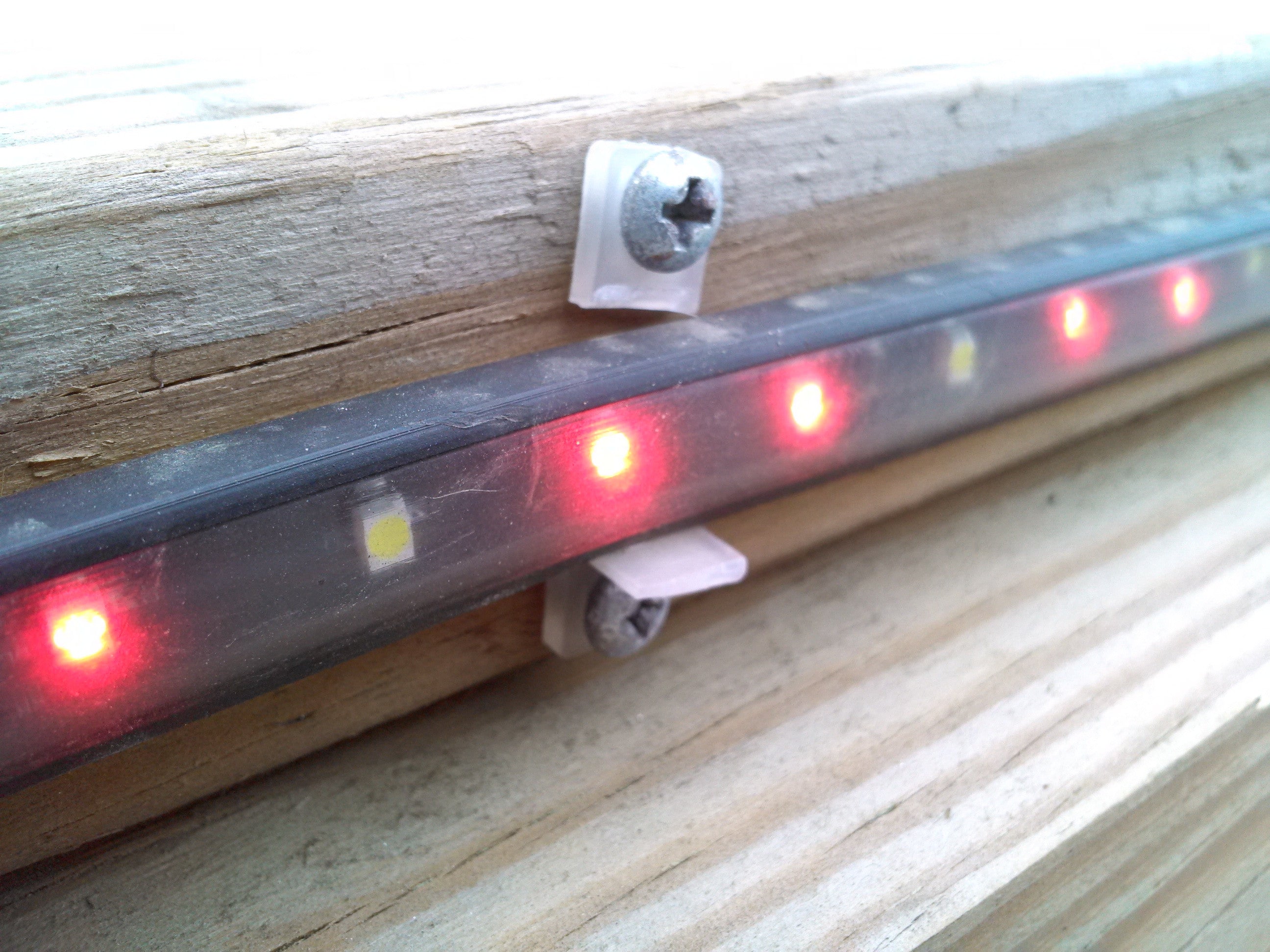At Filabot we’re always trying to do our best, to make sure that we stand behind our products in an informed way. And in our quest for better products, more recycling, and information we’ve gotten to know some pretty cool people doing all sorts of important work in the 3D printing community.
Recently published in Volume 4, Issue 2 of the journal 3D Printing and Additive Manufacturing is an article titled “Mechanical Properties of Specimens 3D Printed with Virgin and Recycled Polylactic Acid” in which recycled filament from Filabot was used.
Written by Isabelle Anderson, the study compared and tested for “tensile yield strength, modulus of elasticity, shear yield strength and hardness.” It’s a pretty extensive article and we link to it at the bottom of this post.
Anderson notes that PLA is both more environmentally friendly and decreases overall environmental impact, though no official perimeters were tested and included in the study she performed. Of the sources she sited, she noted that our Filabot extruder allows for distributed and decentralized recycling which has been found “to potentially save up over 100 million MJ of energy per year” and all the while reducing greenhouse gas emissions.
I know what you’re thinking: “Pretty neat.” Okay, you might not be thinking that but we are! This is exciting stuff for us here at Filabot, the world of 3D printing and filament in general.
Her results are pretty remarkable, and it gives us even more confidence in our products and the capabilities of the Filabot.
The average mechanical properties of recycled specimens were generally lower than those of the virgin specimens, by 2–11%. More notable was the increased variability in the results of the recycled material, as demonstrated by the increased standard deviations. This verifies that, using an entry level 3D printer, components can be produced with filament recycled from previously 3D printed parts with consistent mechanical properties that are only slightly less than the original parts.
That’s pretty exciting. We’re pretty excited. Can you tell? I'm not sure you can. Okay, I'll get on with the article.
What’s more? The recycled PLA shear strength was 6.8% higher than the virgin PLA. What? Yes! 6.8% stronger! Not terribly significant but definitely interesting.
Anderson writes:
The fact that the recycled average shear strength was 6.8%higher than the virgin was a surprising result that is not completely understood at this time. The specimens appeared to expand differently and one theory is that the material may have a different Poisson’s ratio and, as the specimen was being compressed, it expanded against the sides of the shear jig. There could also be some microscopic changes in the interlocking of the extruded recycled PLA as it was laid down.

Anderson concludes that the results of her study are very encouraging for the properties of recycled filament, specifically recycled PLA. What’s really encouraging to us here at Filabot is her final line:
This creates the potential to save significant amounts of raw materials, cost, energy, and CO2 emissions in the production of 3D printed components.
To check out the entire study, check some graphs and get to the nitty gritty click here.
Thanks for reading and happy #filamentfriday!
Best,
The Filabot Team





3 comments
OLGA Y DUDKO
Hello, I am doing a project for school over pollution and am planning on 3D printing a microscope. I was wondering if you would happen to know where I could acquire some recycled 3D printer filament that I could use for my project?
Hello, I am doing a project for school over pollution and am planning on 3D printing a microscope. I was wondering if you would happen to know where I could acquire some recycled 3D printer filament that I could use for my project?
Marcs
Hey Ed, have you read up on prntability with LDPE? Milk just and caps can be reprocessed, but it’s potential as a 3D printing filament leaves something to be desired for most prints.
Hey Ed, have you read up on prntability with LDPE? Milk just and caps can be reprocessed, but it’s potential as a 3D printing filament leaves something to be desired for most prints.
Ed
What if the recycled plastic is not from a previous failed (or at least discarded) 3D-print. For instance, what if the filament is derived from old, washed milk jugs?
What if the recycled plastic is not from a previous failed (or at least discarded) 3D-print. For instance, what if the filament is derived from old, washed milk jugs?